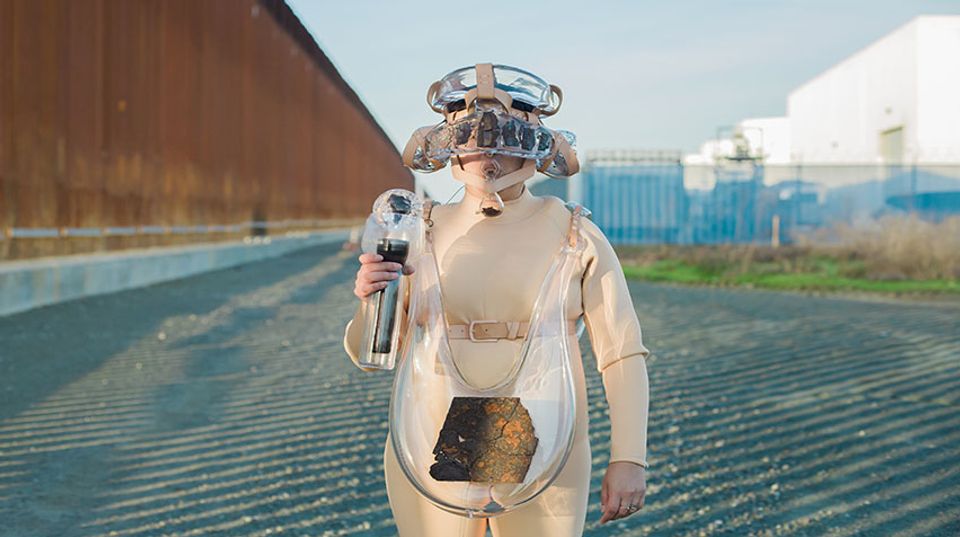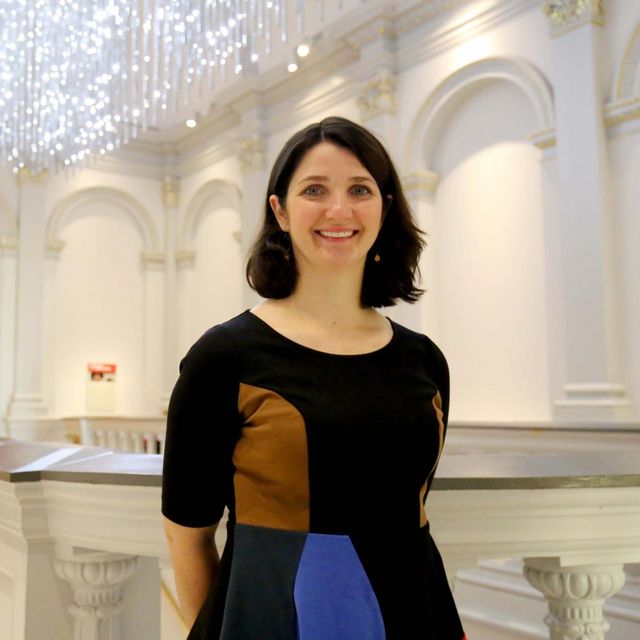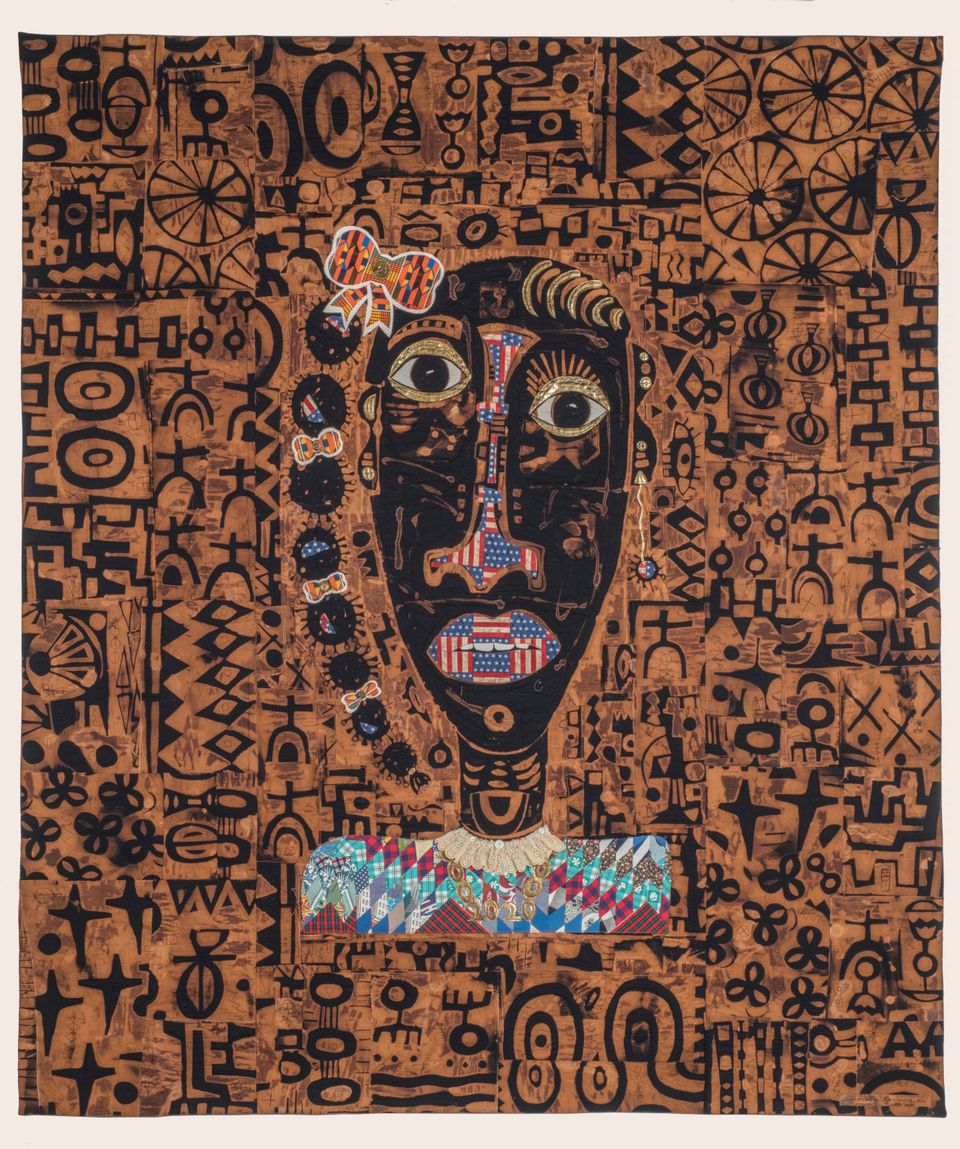Artwork Details
- Title
- Metabolizing the Border
- Artist
- Date
- 2018-2020
- Location
- Not on view
- Dimensions
- dimensions variable
- Credit Line
- Joint museum purchase with the Cooper Hewitt, Smithsonian Design Museum through the American Women’s History Initiative Acquisitions Pool, administered by the Smithsonian American Women’s History Initiative
- Mediums Description
- Performance. Unique objects worn by artist/performer (glass, neoprene, rusted metal fragments of U.S./Mexico border fence, leather, cotton twine, flashlight) and photodocumentation of the performance (digital files)
- Classifications
- Highlights
- Subjects
- Performing arts
- Object Number
- 2022.31.1.1-.10
Artwork Description
Metabolizing the Border explores the physical and psychological experiences migrants face while crossing the borderlands. In 2019 Tanya Aguiñiga gathered rusted fragments of the steel fence between Tijuana, where she grew up, and San Diego, where she traveled to school every day. Aguiñiga brought the fence fragments to an artist residency at the Pilchuck Glass School in Washington state and embedded them in several blown glass and mixed-media wearable elements for a 2020 performance at the border fence. The wearables processed the border through the five senses to help her make sense of a lifetime of memories.
The Wearables
The headpiece, inspired by a virtual reality headset, focuses the sense of sight through the ocular lens, the sense of sound through the ear amplifiers, and the senses of taste and smell through the breath distiller. Huaraches (sandals), a border torch, and a “San Juan Diego and our Lady” cloak exaggerate the sense of touch and movement. The glass huaraches, modeled after tire-soled sandals worn by Indigenous Peoples in Mexico and Central America, were designed to break during the performance to symbolize the failed journey of many migrants. The cloak references the tilma of San Juan Diego, a significant spiritual and national symbol of Mexico. The backpack contained water as an offering to the migrants who perished while crossing the desert. The artist also wore a neoprene suit for protection.
The Journey
In January 2020 Aguiñiga walked along the US-Mexico border wall wearing the suit. The performance was arduous and intimate. Thirty minutes into the performance, her glass huaraches began to break beneath her feet, and she felt that each step offered a new path toward justice. Aguiñiga believes the histories of craft, many learned from her family, pave the way for collaboration and regeneration. Metabolizing the Border embodies many of the struggles and perils migrants face throughout their journey for a better home.
This Present Moment: Crafting a Better World, 2022
Verbal Description
This sculptural outfit has many components made of colorless, transparent glass. These include a headpiece, an over-the-shoulder sling, glass sandals, and a large handheld object. A long-sleeved, light tan neoprene bodysuit is designed to be worn under these glass components.
Starting from the top, the headpiece resembles a large glass virtual reality headset. It is designed to cover the wearer’s eyes, ears, and nose. Light tan leather straps secure the glass helmet to the head. Rusted pieces of metal are attached to the outside of the glass goggles, obscuring the wearer’s sight. Protruding from each side of the headpiece are two glass rings, designed to cover the wearer’s ears. At the mouth, there is a piece of glass that can be inserted like a snorkeling mask. It hangs downward ending in a glass globe below the chin.
Moving down the body, the next wearable glass object resembles a sling and drapes over both shoulders. Two large, hollow, sagging satchels made of clear glass hang on the person’s front and back. They extend from the collarbone and droop down to the upper thighs. Each satchel covers most of the front and back torso. A large, irregular square of rusted sheet metal hangs suspended in the front pouch.
A large handheld glass object is grasped in the right hand. The glass is molded over a large, black flashlight. On top of the flashlight sits a clear glass sphere.
Finally, at the feet are clear glass sandals. These sandals appear delicate and uncomfortable to wear. They have no bend or give.
On the neoprene bodysuit, a tan belt loops around the torso just under the chest. The suit ends at the neck, leaving the face covered by the glass helmet.
Exhibitions
Related Posts
















